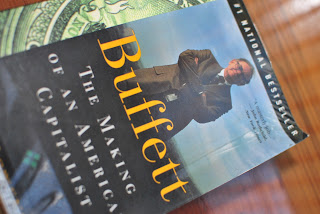About the book
One could say that this is the bible of long-term investors, both literally and figuratively. This hardbound edition is 770 pages thick. Furthermore, it is said to be the foremost book in value investing, as it is authored by both Benjamin Graham and his colleague David Dodd. Ben Graham is considered to be the father of modern security analysis. He also happens to be the mentor of the legendary Warren Buffett.
Contents
Most of the chapters cover discussions on fixed-income securities, valuation of common stocks, and analysis of financial statements. Most of the examples however, are railroad companies. These companies were part of the blooming industries back in the 1950s.
Review
This book is not meant for those who are new and barely interested in investing. It is quite difficult to understand because most of the examples are hard to relate to (i.e. year 1950 railroad companies). However, any serious investor should at least read this book to get an appreciation of the fundamentals of value investing.
Difficulty Level = 5/5
This book can be difficult to comprehend. Only a few, but very important lessons can be learned and still applied today.
Personal Rating = 5/5
To understand more about the beginnings of modern security analysis (i.e. stock or bond evaluation), one must definitely get a copy of this timeless work.
Related links




